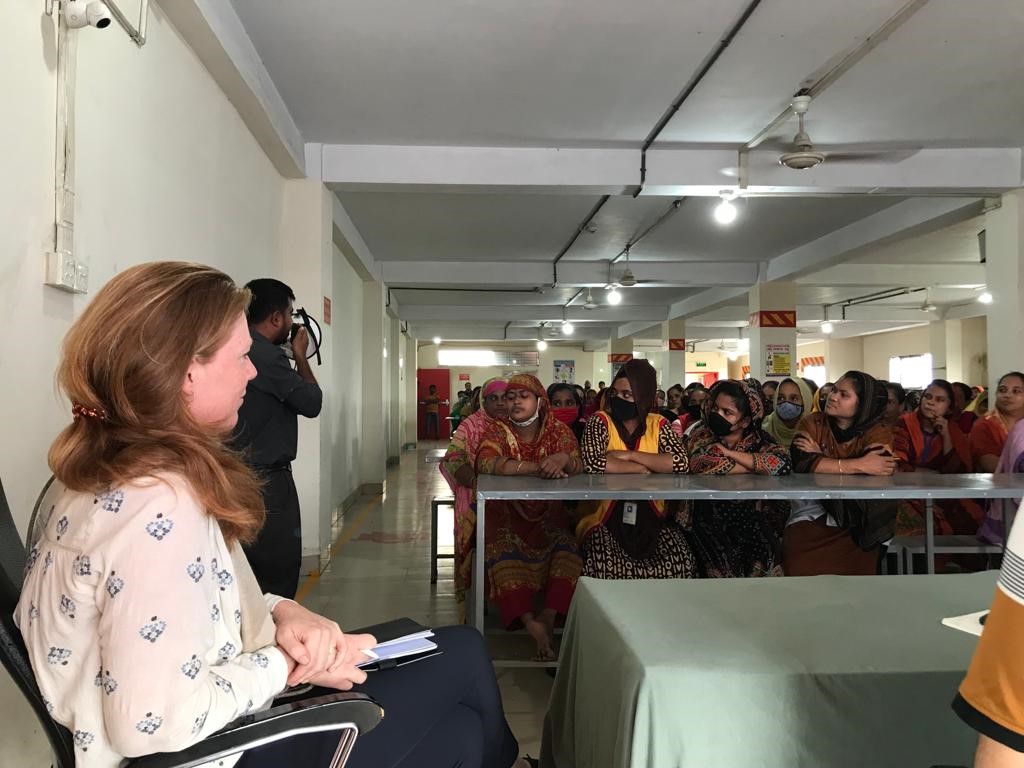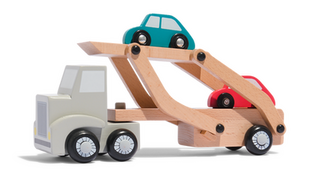
true HEMA
We've been that way since 1926. Our products are of good quality, uniquely designed and competitively priced. Everything our customers need on a daily, round-the-clock basis. We work on a common passion: creating a better everyday life in a more beautiful world.
With this delicious apple pie, you are choosing enjoyment without animal ingredients. Thanks to the vegan recipe, you will be contributing to a more beautiful world.
scroll down
2,112
billion
euro gross turnover
7.4% growth compared to 2022
4
,
9
million fans
with a loyalty card
in the Netherlands and Belgium
17.000
employees
of which +/- 6,500 are employed by franchisees
employees working at HEMA
average in 2023
shops
HEMA office
supporting offices in Belgium, France, Germany, Austria
purchasing offices in Asia
distribution centres
9.250
562
59
58
533
a good idea
But how do you make products that contribute to a better world? Simple: our products start with a good idea. And HEMA's designers, they're full of good ideas.
They deliver their own recognisable products - with an unbeatable design that is more practical, more beautiful and better. So that products last longer. For example, they came up with beach toys made from old fishing nets, bicycle lights that you can recharge again and again, and a pass-on label for in children's jackets. As part of this mission, we are emphatic about choosing quality and helping our customers live better everyday lives.


affiliated companies
In 1958, HEMA was the first Dutch company to adopt franchising to accelerate the growth of HEMA shops in more and more Dutch communities.
This allowed the number of HEMA shops to grow rapidly and made HEMA accessible to more and more customers. In 1977, half of the Dutch HEMA shops were what we call at HEMA an 'Affiliated Company'. And that ratio has remained more or less the same ever since. Most of today's entrepreneurial families started their partnership with HEMA back in the 1960s, with many 3rd or 4th generations now at the helm.
value creation model
Our value creation model clarifies where and how we add value in our operations and in the supply chain.
In it, we show which forms of capital we use: financial, production, natural, social and human. How we add value, and the results in the short term (results) and long term (impact).

our chain
HEMA designs, sells and distributes products through its own shops, franchisees' shops, online shops and through collaborative partners. What does that chain look like from design to customer? How can you make a product last as long as possible and what happens after it has been used?
a true HEMA design
We make everyday life better in a more beautiful world. That all starts with a good idea, on which we base a product. This is how we design products or redesign a more sustainable variant. As such, a product begins its life in our design studio at our headquarters.


responsibly sourced raw materials
We work with quality labels, international standards as well as our own human rights, environmental and animal welfare criteria when sourcing our materials and products.
transparency in the chain
We continuously monitor all factories (tier 1 production sites) which are published on our website. By 2025, we also want this to be the case for suppliers to our factories (tier 2) and further down the chain (tier 3 and beyond) where there is an increased risk to people, the environment or animal welfare.


responsible purchasing strategy
Since 2024, HEMA has had a HEMA Supplier Code of Conduct, based on mutual responsibilities.
improving working conditions
We work together with our suppliers on the basis of equality. We make clear agreements in the chain and work in the factories to improve working conditions.


packaging
If necessary, we package our products. We limit the use of packaging materials and choose more environmentally friendly materials. We replace plastic packaging with sustainable cardboard.
transport
In our transport we look at environmentally friendly options: this means as much transportation by land and sea as possible and fewer emissions. For example, our HEMA soft toys are vacuum-packed so that they take up less space during transportation.


in the HEMA shop
We offer our products in our shops and in our online stores. We provide information about the product and offer alternatives to disposable products, such as washable make-up wipes.
HEMA for everyone
We are here for everyone. This is reflected in our wide range, which we make accessible to everyone. And as an employer, we provide an environment where everyone feels comfortable.


sustainable quality
Smart HEMA design ensures sustainable quality products that last longer. From beauty products to tableware, party decorations to stationery and bedding to clothing.
a longer life
We inspire customers to take care of products with love, reuse them frequently, and eventually pass them on to someone else.

our sustainability strategy
The world around us is changing and HEMA is aware of the impact we have with our organisation and our customers. Through changes that we continuously make, we can make a difference and be a future-proof company that respects the environment and the people in our value chain.
We are taking significant steps to prepare for the new EU reporting directive. The Corporate Sustainability Reporting Directive (CSRD) has the concept of ‘double materiality’ as its basis. With double materiality, we look at HEMA's impact (positive and negative) on the environment and society, but also at the impact of changes in the world on HEMA and the associated financial impact. In 2023, we conducted a dual materiality analysis to determine HEMA's material topics: what themes will we be focusing on in our sustainability strategy in the coming years?

HEMA's CSRD journey
2023-2025
1. double materiality analysis
Determining material topics.
2. gap analysis
Checklist of CSRD requirements and comparison with current situation
3. data collection
Mapping data points and identifying process and required changes.
4. safeguarding in the organisation
Establishing clear agreements on responsibilities within the organisation
5. reporting in line with the CSRD
Preparing sustainability reporting and ensuring readiness of assurance


















